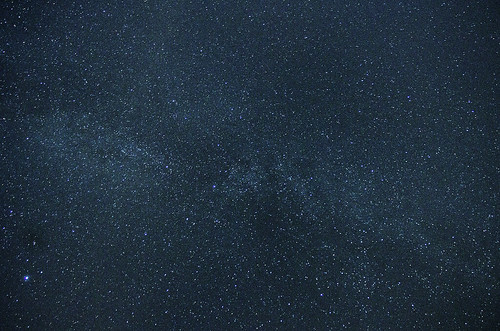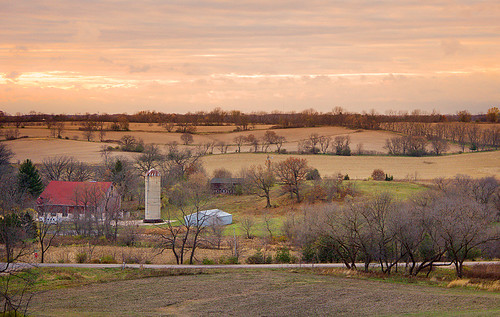A few time-lapse night photos taken after a moon-lit cross-country ski run through the University of Wisconsin Arboretum in early December.
Wednesday, December 22, 2010
Thursday, December 16, 2010
Rainforest Botanicals
A total of 40 to 75% of all species on the world's habitats are indigenous to the rainforests. It has been estimated that many millions of species of plants, insects, and microorganisms are still undiscovered. Tropical rainforests have been called the "jewels of the Earth", and the "world's largest pharmacy", because over one quarter of natural medicines have been discovered there. Rainforests are also responsible for 28% of the world's oxygen turn over, often misunderstood as oxygen production, processing it through photosynthesis from carbon dioxide and storing it as carbon through biosequestration.
Winter Sunset
Lakes freeze from the top down, because ice is less dense than water, which is why ice floats. The density of liquid water is determined by its temperature, and water is most dense at about 40 F.
Why is that important? As winter sets in, lakes lose energy to the atmosphere, and water near the surface cools, becomes more dense, and sinks. Warmer, less dense water under the surface will rise to replace this surface water. When the entire lake reaches 40 F, the surface water cools further, dropping below 40 F. Because this water is now less dense than the surrounding water, it will stay on the top and continue to cool.
Once the surface water falls to 32 F, it freezes. The freezing then spreads downward into the lake and the ice thickens. Unless the lake is very shallow, you will find liquid water below the ice. This deeper water is about 40 F; fortunately fish can live in this cold temperature.
Freezing first occurs along the shoreline, where the water is shallow. Before ice can form on the surface, the entire water column must first reach 40 F, which is likely to first occur along the shoreline.
Thursday, December 9, 2010
Cooling Waters
Part of my frequent documentation of Lake Mendota freezing over on my daily commute to work.
November Supercell Passage
A photo from a late-November batch of supercell's which rolled over Southern Wisconsin on an unseasonably warm winter day. This cell cluster produced hail, downpours, locally damaging winds, and a confirmed tornado. Luckily I was out and about on lunch to be able to capture the back face of the storm as it blew over Madison.
Wednesday, December 1, 2010
The Milky Way from The Heart of Madison
Despite the light pollution from an area with over 230,000 people, the Milky Way shows up surprisingly well from the fairway of a local golf course. Click photo to view larger version on black.
Pope Farm Park
The terminal moraine at Pope Farm Park, just west of Madison - was formed as the glacier stalled, and built up this ridge in a conveyor-like method - transporting boulders and gravel to this location before slowly melting away towards Canada.






















